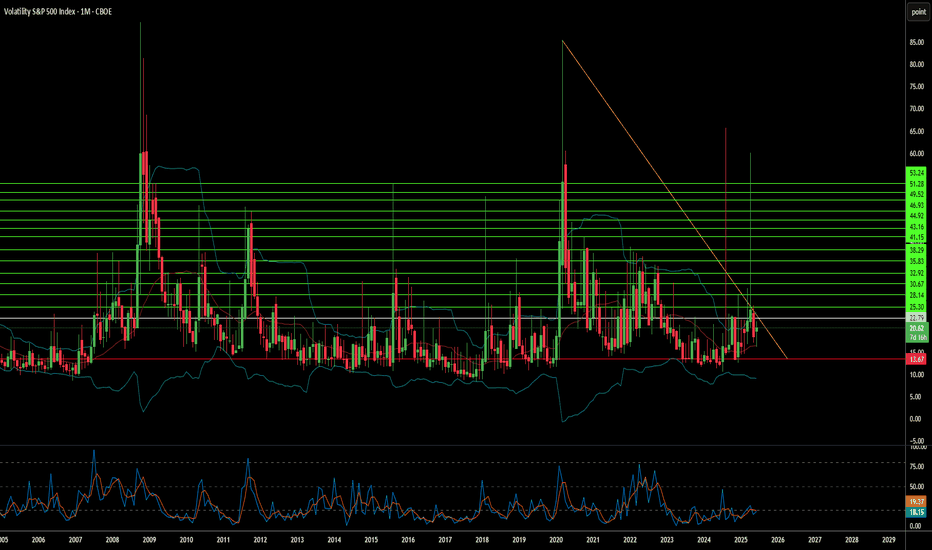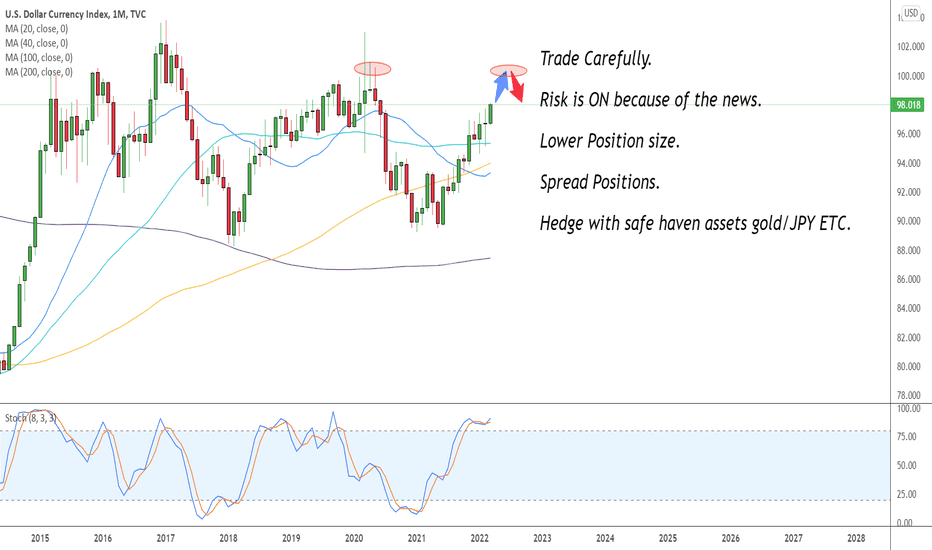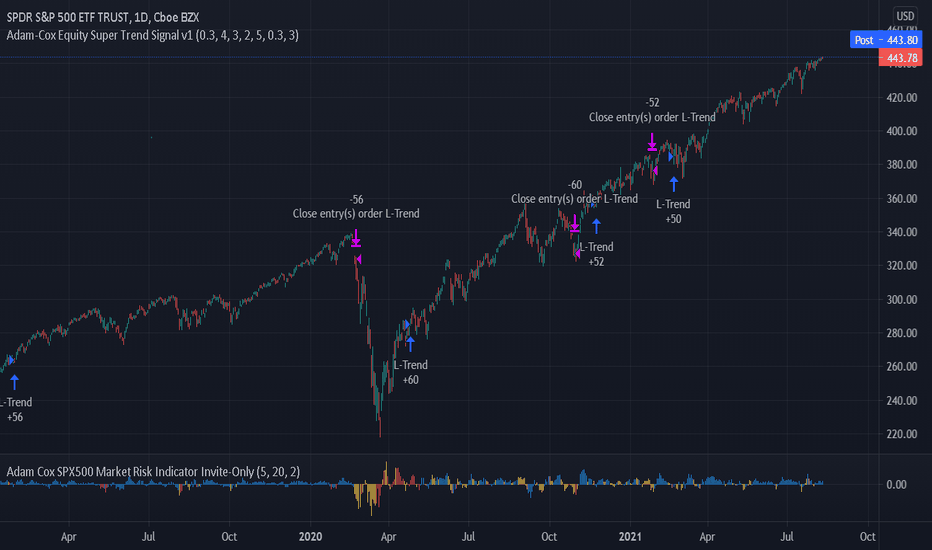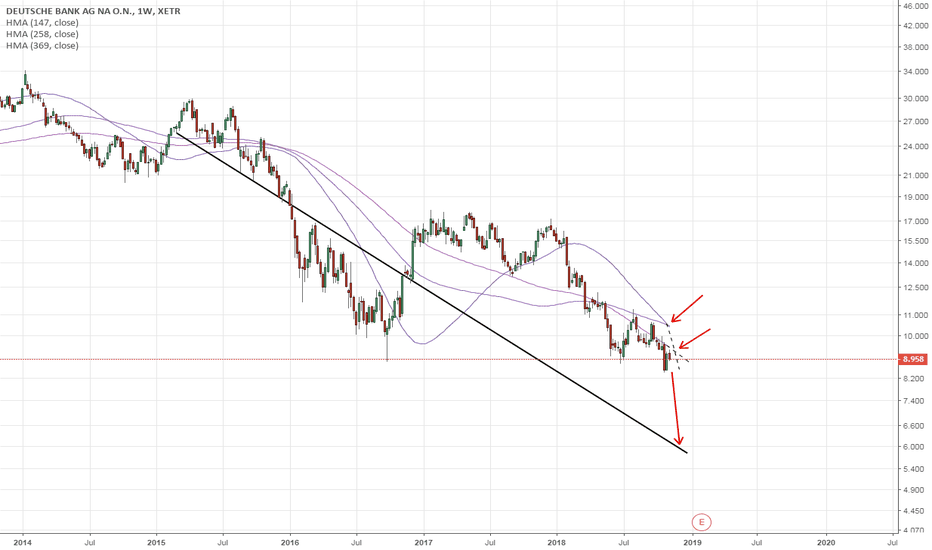Can Geopolitics Redefine Market Risk?The Cboe Volatility Index (VIX), which analysts widely dub the "fear gauge," currently commands significant attention in global financial markets. Its recent surge reflects profound uncertainty, particularly from escalating geopolitical tensions in the Middle East. While the VIX quantifies market expectations for future volatility, its current elevation signals more than mere sentiment. It represents a sophisticated repricing of systemic risk, capturing the implied probability of significant market dislocations. Investors find it an indispensable tool for navigating turbulent periods.
The dramatic escalation of the Iran-Israel proxy conflict into a confrontation, involving the United States, directly fuels this heightened volatility. Israeli airstrikes on Iranian military and nuclear facilities on June 13, 2025, prompted swift Iranian retaliation. Subsequently, on June 22, the U.S. launched "Operation Midnight Hammer," conducting precision strikes on key Iranian nuclear sites. Iran's Foreign Minister immediately declared diplomacy over, holding the U.S. responsible for "dangerous consequences" and vowing further "punishment operations," including a potential closure of the Strait of Hormuz.
This direct U.S. military intervention, particularly targeting nuclear facilities with specialized munitions, fundamentally alters the conflict's risk profile. It moves beyond proxy warfare into a confrontation with potentially existential implications for Iran. The explicit threat to close the Strait of Hormuz, a critical global chokepoint for oil supplies, creates immense uncertainty for energy markets and the broader global economy. While historical VIX spikes from geopolitical events often prove transient, the current situation's unique characteristics introduce a higher degree of systemic risk and unpredictability. The Cboe VVIX Index, measuring the VIX's expected volatility, has also risen to the higher end of its range, signaling deep market uncertainty about the future trajectory of risk itself.
The current environment necessitates a shift from static portfolio management to a dynamic, adaptive approach. Investors must re-evaluate portfolio construction, considering long exposure to volatility through VIX instruments as a hedging mechanism, and increasing allocations to traditional safe havens like U.S. Treasuries and gold. The elevated VVIX implies that even the predictability of market volatility is compromised, demanding a multi-layered risk management strategy. This specific confluence of events might signify a departure from historical patterns of short-lived geopolitical market impacts, suggesting geopolitical risk could become a more ingrained and persistent factor in asset pricing. Vigilance and agile strategies are paramount for navigating this unpredictable landscape.
Marketrisk
MARKET RISK MANAGEMENT: WHAT YOU NEED TO DOFor More Trading Videos and Analysis, Go ahead and click on the follow button.
Given the current state of the markets at the moment, especially this morning, Correct risk management becomes ever more prominent as a skill. If you do not possess it, you are both putting your capital largely at risk AND missing out on Trades you could actually be taking in the meantime..
This is because when the market moves against you, you can still make money. That in essence is the key to success.
We will use the DXY as a measure on this video due to its market exposure.
SP500: Grind and FizzlesWhilst one of my trading systems (as displayed) doesn't yet display Exit-Long signals, I have been pre-empting some expected volatility which I perceive can arise due to what can be an lengthy infrastructure Bill process along with the Debt Ceiling fiasco. I detailed this in an earlier post.
Up to this point I have been happy to ignore exit signals based on perceptions of market risk and fiscal support - noting the SP500 index in this model, is assumed to represent a US GDP growth function along with an 'off-risk' overlay.
Where I have low market risk, clear fiscal support (infrastructure bill is committed to), Covid-19 strains (delta strain) understood and the ridiculous debt ceiling overcome, I will assess if it is appropriate to be Long or Longer the broad US market.
I expect the market to pull-back, and will assess being long on limits at lower prices.
#adam-cox
Deutsche Bank ($DBK): Weekly - Default Risk before year 2020 This is the real market risk, the most obvious contagion to date that will most likely cause the next financial crisis because of the amount of debt that the bank holds within the banking system when this stock moves down the market also follows.
Technically below that trendline and Deutsche Bank moves towards default and 0.11€



